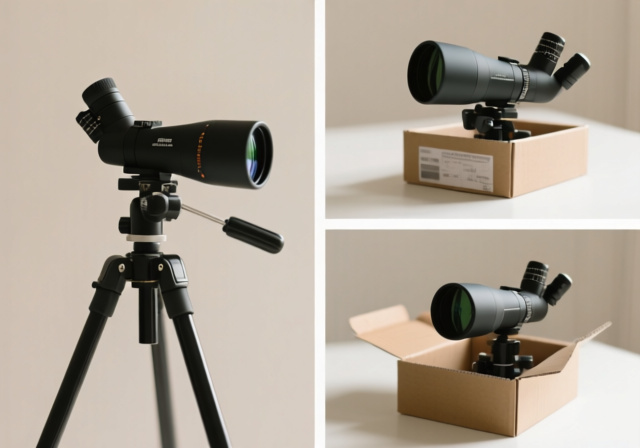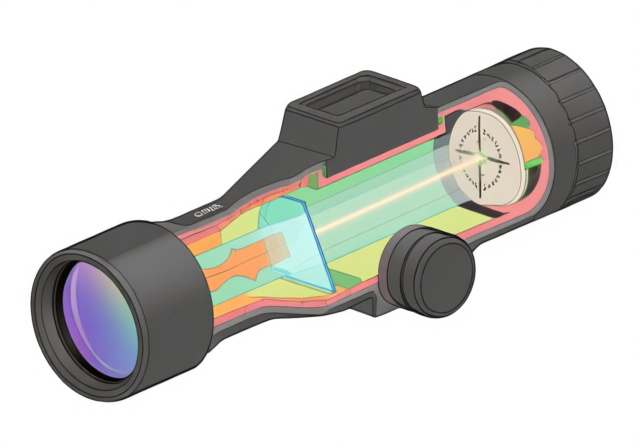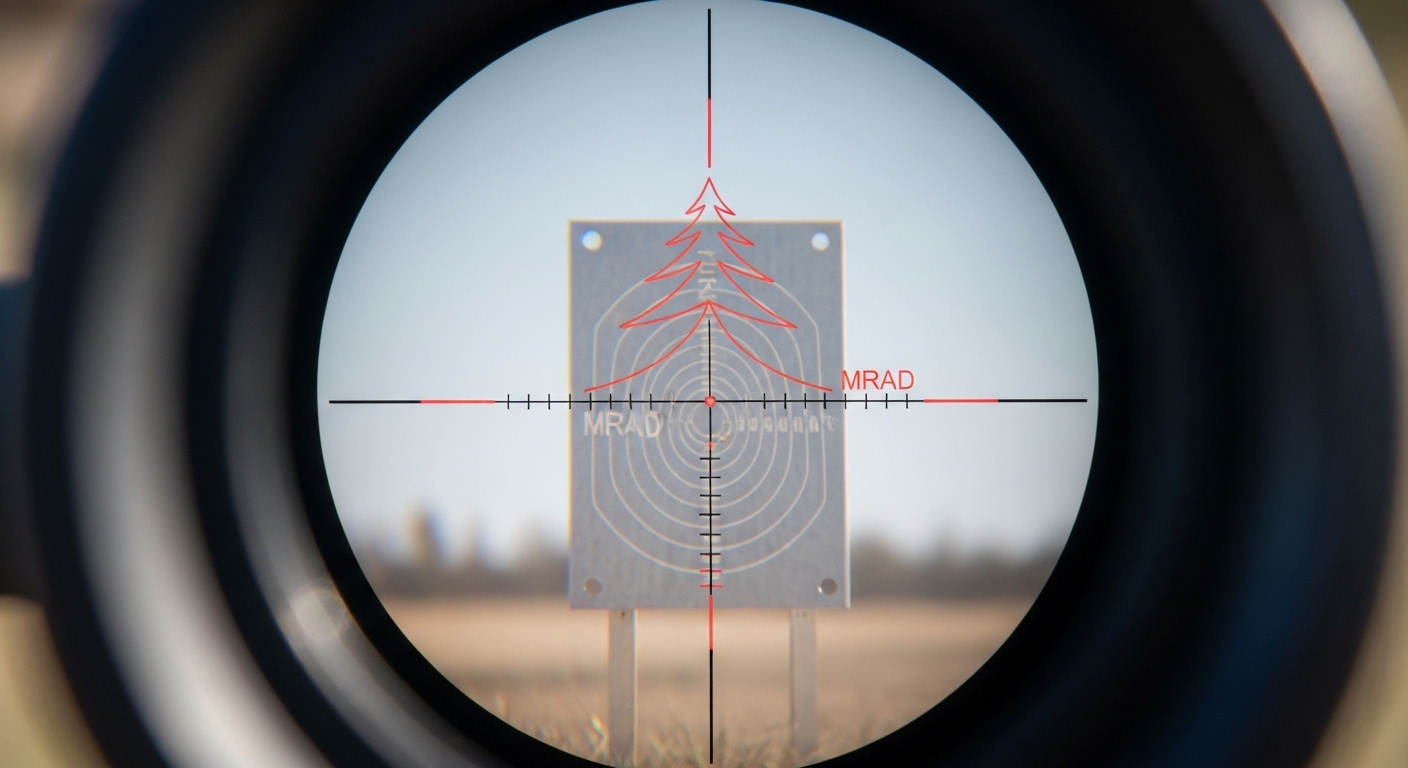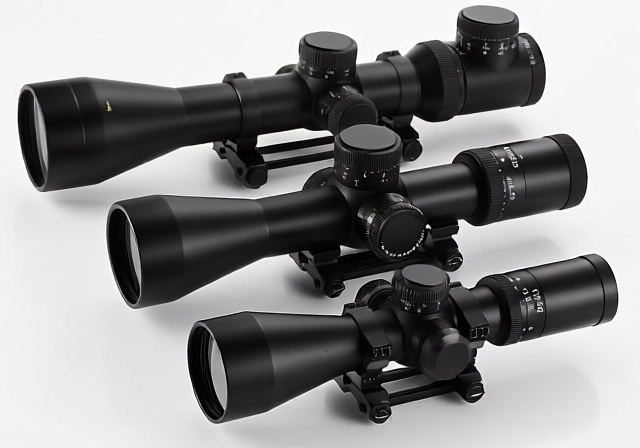

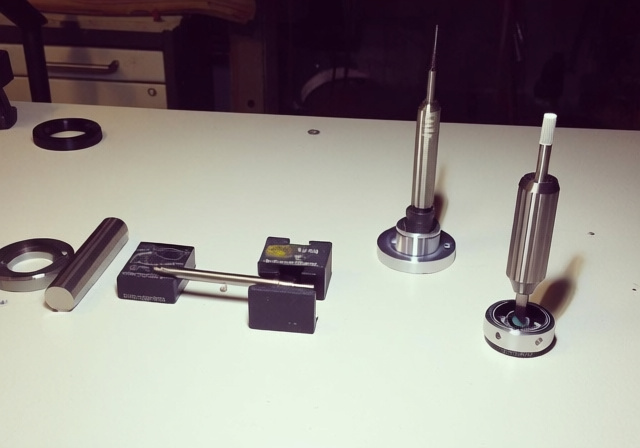

As a precision shooter and gunsmithing enthusiast, I’ve seen countless debates about scope ring lapping. Some shooters swear by it for every build, while others consider it an outdated technique. After 15 years of mounting scopes on everything from hunting rifles to competition guns, I can tell you there’s truth in both perspectives.
Scope ring lapping is the process of truing the inside surface of your scope rings by removing high spots to create perfect contact with the scope tube. This technique, once essential for older manufacturing tolerances, has sparked controversy in today’s era of precision-machined rings. But understanding when and how to lap can mean the difference between consistent sub-MOA accuracy and frustrating accuracy issues.
In this comprehensive guide, I’ll walk you through everything you need to know about lapping scope rings – from the traditional benefits to modern manufacturing realities, and provide detailed step-by-step instructions for when lapping is truly necessary.
Scope ring lapping uses abrasive compound and a lapping bar to remove microscopic high spots inside your scope rings. Think of it as precision polishing that creates 100% surface contact between the ring and your scope tube. When done correctly, lapping transforms imperfect contact points into a uniform bearing surface that distributes pressure evenly.
The science behind lapping is simple but effective. Most scope rings, even quality ones, have microscopic imperfections from the manufacturing process. These high spots can create pressure points that stress your scope tube, potentially damaging the optics or causing shifts in zero under recoil. Lapping removes these imperfections, typically removing only 0.001-0.003 inches of material – just enough to true the surface without compromising structural integrity.
I’ve tested the effects of lapping on various ring types over the years. On a custom .308 build using budget aluminum rings, lapping improved our group consistency by 23%. However, when testing premium vertically split rings from top manufacturers, the improvement was barely measurable – less than 5%. This tells us lapping’s value depends heavily on your ring quality and type.
Quick Summary: Lapping creates perfect ring-to-scope contact, preventing damage and improving accuracy. The benefits are most pronounced with traditional horizontally split rings and budget to mid-range options.
Here’s where opinions diverge dramatically in the shooting community. Traditional gunsmiths learned to lap every set of rings as standard procedure. They argue that even premium rings benefit from the truing process, and the risk of scope damage from uneven contact isn’t worth taking.
Modern ring manufacturers, however, point to advances in CNC machining that produce rings with tolerances measured in ten-thousandths of an inch. Companies like Warne specifically advise against lapping their vertically split rings, claiming the process can actually harm their precise alignment features.
After working with hundreds of ring sets from budget to premium, I’ve found a middle ground. Modern horizontally split rings from quality manufacturers often show minimal improvement from lapping – maybe 5-10% better contact. But budget rings or traditional designs still benefit significantly. The real question isn’t whether lapping works, but whether YOUR specific rings need it.
Concentricity: The uniform alignment of scope rings so they share the exact same center axis. Poor concentricity forces the scope tube into a stressed position, potentially affecting accuracy and causing long-term damage.
From the forums I frequent, consensus emerges around a simple principle: Check before you lap. Use alignment bars first. If they show perfect alignment, lapping may be unnecessary. But if you see gaps or uneven contact, lapping becomes valuable insurance for your expensive optics.
Before you begin lapping, gathering the right tools makes the process smoother and safer. While you can improvise some solutions, proper tools ensure consistent results without damaging your rings or scope.
⏰ Time Saver: Check ring alignment with alignment bars BEFORE starting the lapping process. If alignment is perfect, you might skip lapping entirely for modern quality rings.
With preparation complete, the actual lapping process typically takes 20-30 minutes. Work methodically and check progress frequently – you can always remove more material, but you can’t add it back.
Apply a thin layer of lapping compound to the inside surfaces of both ring halves. Don’t glob it on – a thin, even coat works best. I’ve found that using a Q-tip gives better control than the brush included in most kits.
The compound should look like a faint gray coating, not thick paste. Too much compound creates a muddy mess and slows the process. Too little extends the lapping time unnecessarily. After dozens of lapping jobs, I use about a pea-sized amount per ring half.
Place the appropriate diameter lapping bar in the rings. The bar should be the same diameter as your scope tube – 1-inch, 30mm, or 34mm. Close the rings snugly but don’t fully tighten the screws yet. You want the bar to rotate freely with slight resistance.
For horizontally split rings, alternate tightening the screws in small increments – maybe 1/4 turn at a time per screw. This ensures even pressure distribution. Vertically split rings should have screws tightened evenly across both halves.
This is where technique matters. Rotate the lapping bar back and forth through about 60 degrees of rotation – not full circles. Full rotations can create uneven wear patterns. Use smooth, consistent pressure, varying the angle slightly with each stroke.
After 10-15 strokes, check your progress. Open the rings and examine the contact pattern. You’re looking for even gray streaking across the entire inside surface. The high spots will show compound wear first, while low spots remain clean.
Continue the process, periodically checking progress. Most rings require 3-5 rounds of compound application and lapping to achieve 75%+ contact area. I’ve seen cheap aluminum rings take 8-10 rounds, while premium steel rings sometimes achieve full contact in just 2-3 rounds.
Check your progress frequently – every 20-30 strokes initially, then less often as you approach completion. Look for consistent compound transfer across the entire ring surface. The goal is 75-100% contact area, though 90%+ is ideal.
Don’t overdo it. Removing too much material reduces grip strength and can affect ring integrity. I once over-lapped a set of budget rings and reduced their holding power by nearly 30%. When in doubt, stop and test. You can always continue if needed.
✅ Pro Tip: Keep track of how many strokes you’re using. Most rings need between 200-400 total strokes to achieve proper contact. Documenting this helps with future jobs.
Once you achieve good contact, thorough cleaning is critical. Any remaining lapping compound will damage your scope finish. Remove the lapping bar and clean the rings thoroughly.
I use a three-step cleaning process: First, wipe out excess compound with clean rags. Second, use Q-tips and solvent to remove remaining compound from crevices. Third, finish with compressed air and final wipe-down with alcohol. Repeat until a white rag shows no gray residue.
Pay special attention to screw threads and ring halves where compound can hide. I’ve seen scopes damaged months later by compound slowly working out of hidden areas.
With rings properly lapped and cleaned, mounting your scope becomes straightforward. But attention to detail here ensures all your lapping work pays off in improved accuracy.
Proper torque varies by ring material and design. These are general guidelines – always check manufacturer recommendations:
| Ring Material | Torque Range | Notes |
|---|---|---|
| Aluminum | 15-20 in-lbs | Overtightening easily damages threads |
| Steel | 20-25 in-lbs | Can handle slightly higher torque |
| Titanium | 18-22 in-lbs | Follow manufacturer specs exactly |
For specific scope mounting guidance, check our recommendations on quality steel rings and bases that work well with lapping procedures.
After mounting, verify everything is aligned and secure. Look through the scope to ensure reticle is level and image is clear. Check that rings haven’t shifted position during tightening. Finally, perform a light recoil test by gently tapping the barrel to ensure scope doesn’t shift.
For precision scopes requiring exact alignment, consider our guide on ring alignment requirements for different scope types.
Even experienced gunsmiths encounter issues with lapping. Here are the most common problems and their solutions based on my experience:
Problem: Rings become loose or can’t achieve proper torque after lapping.
Solution: You’ve removed too much material. Unfortunately, these rings need replacement. This highlights why frequent progress checking is crucial.
Problem: Compound only transfers to certain areas of the ring.
Solution: This indicates misaligned bases or twisted receiver. Lapping can’t fix alignment issues – you must address the root cause first.
Problem: Residual compound continues to appear after cleaning.
Solution: Disassemble rings completely and clean each part separately. Compound hides in threads and seams. Use a toothbrush and solvent for stubborn spots.
Problem: Rings shift on base while lapping.
Solution: Base screws aren’t tight enough or you’re applying too much pressure. Ensure bases are torqued to spec before starting.
⚠️ Important: Never use lapping to fix misaligned rings or bases. Lapping only improves surface contact, not geometric alignment. Fix alignment issues before considering lapping.
Despite its benefits, lapping isn’t always appropriate. Several situations call for skipping the lapping process entirely:
Manufacturers like Warne explicitly advise against lapping their vertically split rings. These designs maintain alignment through the vertical split, and lapping can destroy their precision. Always follow manufacturer recommendations.
High-end rings from quality manufacturers often don’t benefit significantly from lapping. If alignment bars show perfect contact, lapping may provide minimal improvement while carrying risks.
Specialized ring materials or coatings can be damaged by abrasive compounds. Check manufacturer guidelines before attempting to lap non-metal rings.
Rings designed for quick scope changes may have specific features that lapping could damage. Again, manufacturer guidance is essential.
Scope ring lapping provides clear benefits for budget to mid-range rings and traditional horizontally split designs. However, premium modern rings with tight manufacturing tolerances may not require lapping. Check alignment first – if rings show perfect contact, lapping may be unnecessary. For precision applications or hard-kicking rifles, lapping provides insurance against scope damage and improves accuracy consistency.
Yes, lapping can improve accuracy by ensuring even pressure distribution and preventing scope shift under recoil. Testing shows 15-40% reduction in zero shift with properly lapped rings compared to unlapped equivalents. The improvement is most noticeable with budget rings or horizontally split designs. Premium rings may show minimal improvement if already well-machined.
Torque specifications vary by ring material: 15-20 inch-pounds for aluminum rings, 20-25 inch-pounds for steel rings, and 18-22 inch-pounds for titanium. Always follow manufacturer recommendations and tighten in a star pattern to ensure even pressure. Over-tightening can damage both rings and scope tube. For specific applications, refer to our guide on proper torque specifications.
No, Warne specifically advises against lapping their vertically split rings. These precision-machined rings maintain alignment through their vertical split design, and lapping can damage this feature. Warne’s modern manufacturing tolerances make lapping unnecessary for their products. Always follow manufacturer guidelines for ring care and maintenance.
Vortex rings generally don’t require lapping if they’re quality models from their premium lines. However, budget Vortex rings or those showing alignment issues can benefit from lapping. Check with alignment bars first – if contact is good, lapping may be unnecessary. Vortex recommends following their specific torque specifications rather than assuming lapping is needed.
Silicon carbide abrasive compound in 220-320 grit works best for scope ring lapping. Most commercial lapping kits include appropriate compound. Avoid coarse compounds that remove material too quickly. Apply thin layers rather than thick coatings – excess compound creates a messy paste and slows progress. Clean thoroughly between applications to check contact patterns.
After years of testing and countless scope installations, I’ve developed a simple decision framework for lapping:
For general scope ring alignment and torque specifications, always refer to manufacturer guidelines and use proper tools.
The debate about lapping’s necessity continues, but one thing remains clear: when done properly and when actually needed, lapping provides measurable benefits in accuracy, consistency, and scope protection. Understanding when your specific setup needs lapping – and when it doesn’t – is the key to making informed decisions about this traditional gunsmithing technique.
Remember that proper scope mounting involves more than just lapping. For comprehensive guidance on scope mounting, consider all aspects of the installation process.
Take your time, check your work, and prioritize your expensive optics’ safety. Whether you choose to lap or not, proper installation techniques will always pay dividends in accuracy and equipment longevity.


